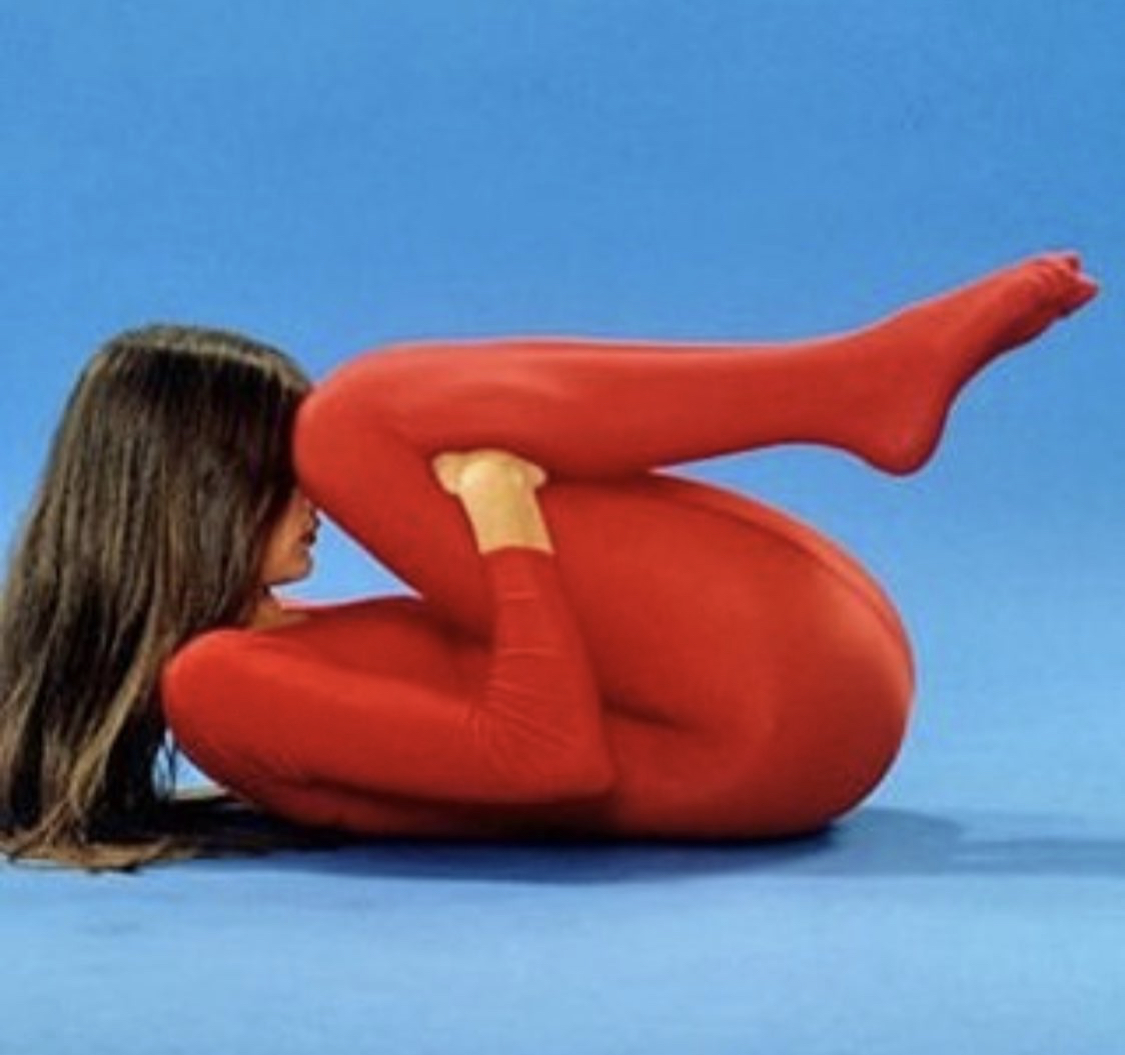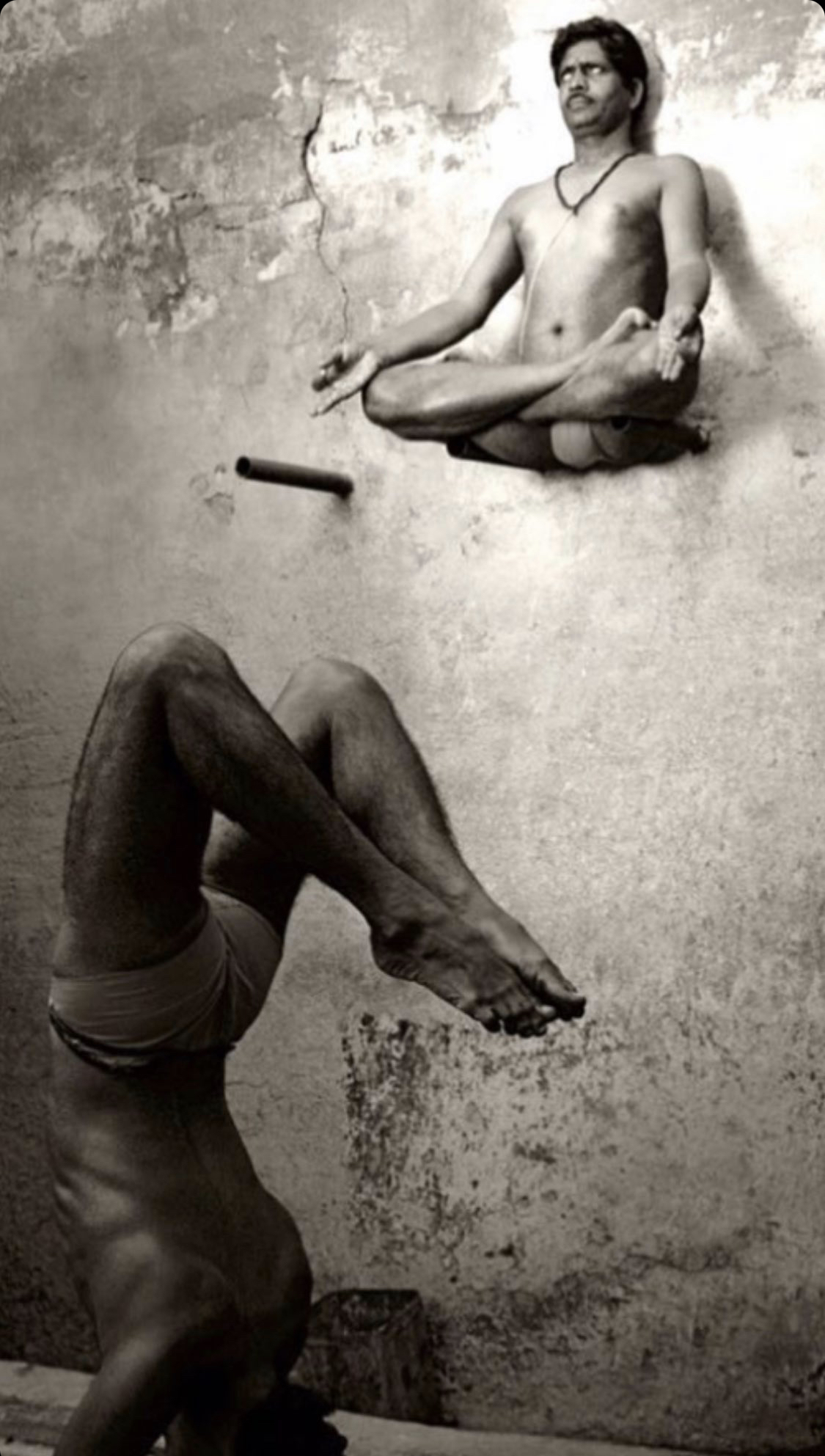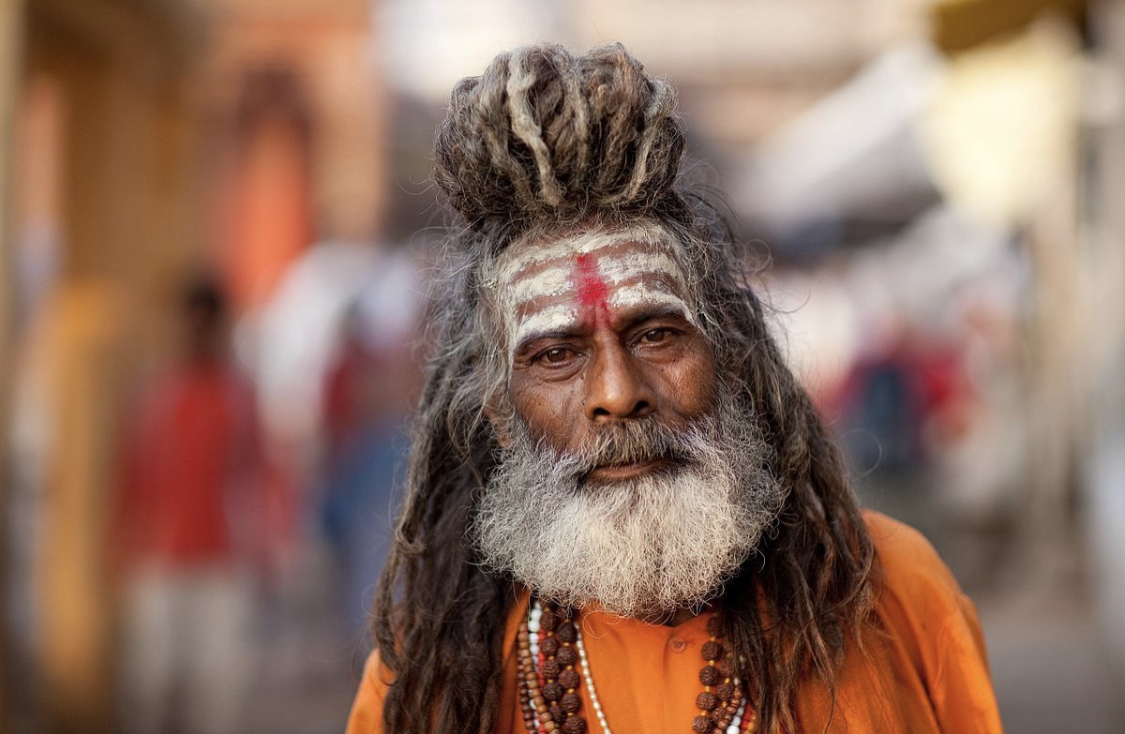El mes de febrero está girando entorno al color rojo. Lo que surgió de un rojo pasión influenciado por los calores de San Valentin, cobra profundidad a día veintiséis. La guinda del pastel.
Bindi. El punto rojo que llevan los hindúes en la frente. Ni mucho ni poco es lo que sé sobre su cultura. Estudie “Arte de la India”en la Universidad, como siempre el temario va demasiado ajustado al tiempo para darlo. Cuando estaba con el grado, no tenía los ojos demasiado abiertos para poder ver toda esa riqueza cultural que tenía enfrente. Creo que poco o nada tenemos en común con dicha Etnia, lo comparó con Europa y América del Norte, la amnesia ancestral y la superficialidad nos invaden. No somos ni sus cuerpos ni sus mentes. Podría poner de ejemplo el aclamado Yoga. Son tan amplías sus ramas. Yo misma reniego de mi. Esa amplitud queda devastada ante la práctica actual de aprender a respirar… mientras se hacen posturas que poco o nada entiende el cuerpo. No sabemos respirar conscientemente, desconocemos su significado y su importancia. Vivimos ante una ignorancia constante… donde lo que está de “moda” nos hacer ser algo cultos sobre un tema.
He leído en cómo para los europeos el Yoga, no era/es un vehículo para la maduración espiritual. Volvemos al inicio, no somos hindúes ni mentalmente ni físicamente. Tenemos la ventanas cerradas, escuchamos el aire afuera pero no sabemos nada de la corriente. Desconocemos su culto, su veneración y sus dioses. La superficialidad ante lo greco/romano es de lo poco que nos resuena en la cabeza.
The month of February is revolving around the color red. What emerged from a passionate red influenced by the heat of Valentine’s Day, gains depth on day twenty-six. The icing on the cake.
Bindi. The red dot that Hindus wear on their foreheads. Neither much nor little is what I know about their culture. I studied “Indian Art” at the University, as always the syllabus is too tight to time to give it. When I was graduating, my eyes were not too open to be able to see all that cultural wealth that was in front of me. I think that we have little or nothing in common with this Ethnicity, compared to Europe and North America, ancestral amnesia and superficiality invade us. We are neither their bodies nor their minds. I could give the acclaimed Yoga as an example. Its branches are so broad. I deny myself. That breadth is devastated by the current practice of learning to breathe… while doing postures that the body understands little or nothing at all. We do not know how to breathe consciously, we do not know its meaning and importance. We live in constant ignorance… where what is «fashionable» makes us somewhat educated on a topic.
I have read how, for Europeans, Yoga was/is not a vehicle for spiritual maturation. We go back to the beginning, we are not Hindus neither mentally nor physically. We have the windows closed, we hear the air outside but we don’t know anything about the current. We do not know their cult, their veneration and their gods. The superficiality of the Greco/Roman is one of the few things that resonates in our heads.
En el 2018 empecé a meditar. Fue gracias a Rosana, quien conocía a Arturo Castillo. Meditar se convirtió en un hábito, practica guiada (Es muy importante que guíen tu práctica, sea en yoga o en meditación. La mente vuela, y es tan rápida que va cinco respiraciones por delante). Las meditaciones iban de cuarenta minutos a una hora, visualizar, enfocar, pranayamas y por supuesto el tercer ojo.
Ajna Chakra. Lugar de la intuición y del conocimiento del alma. Se dice que la glándula pineal puede percibir la luz, ya que es fotosensible. Se suele decir que se empieza a ver cuando se cierran los ojos.
La palabra Bindi proviene del sánscrito bindu, que significa “gota” o “punto”. Se trata de un elemento decorativo que se pone en la frente y es tradicional del sur y sudeste de Asia, pero sobre todo de India. El bindi en India de forma tradicional es un polvo de color rojizo cuyo componente principal es el sulfuro de mercurio. Se junta con una pasta de cera para que se quede pegado
La tradición dice que el Bindi estimula este punto y ayuda a fortalecer la concentración y a conservar la energía vital.
Historicamente y también en la actualidad, se usa el bindi o tilak para honrar a los dioses. Lo usan sobre todo los sadhus, y en este caso se llama tilak o tilaka, y varía su diseño según el Dios al que se dirigen.
Por ejemplo, para el Dios Shiva se pintan tres líneas horizontales blancas en la frente con un punto rojo en el medio; y para Vishnu, se hacen una marca blanca en forma de U con una línea roja en medio.
Además del significado religioso y el uso decorativo, actualmente el bindi en india se usa para la salud.
En la medicina tradicional de la india, el ayurveda, se aplican hierbas medicinales sobre el punto del bindi. Además en la meditación el bindi y el chakra es un punto fundamental para la concentración y en muchas imágenes de Buda se puede observar el bindi.
In 2018 I started meditating. It was thanks to Rosana, that she knew Arturo Castillo. Meditating became a habit, a guided practice (It is very important to guide your practice, whether in yoga or meditation. The mind flies, and it is so fast that it takes five breaths ahead). The meditations ranged from forty minutes to an hour, visualizing, focusing, pranayamas and of course the third eye.
Ajna Chakra. Place of intuition and knowledge of the soul. It is said that the pineal gland can perceive light, since it is photosensitive. It is often said that you begin to see when you close your eyes.
The word Bindi comes from the Sanskrit bindu, meaning «drop» or «dot.» It is a decorative element that is placed on the forehead and is traditional in South and Southeast Asia, but especially in India. The bindi in India is traditionally a reddish powder whose main component is mercury sulfide. It is assembled with a wax paste so that it sticks.
Tradition says that the Bindi stimulates this point and helps strengthen concentration and conserve vital energy.
Historically and also today, the bindi or tilak is used to honor the gods. It is mainly used by sadhus, and in this case it is called tilak or tilaka, and its design varies depending on the God to whom they are directed.
For example, for God Shiva three white horizontal lines are painted on the forehead with a red dot in the middle; and for Vishnu, they make a white U-shaped mark with a red line in the middle.
In addition to the religious meaning and decorative use, the bindi in India is currently used for health.
In traditional Indian medicine, Ayurveda, medicinal herbs are applied to the bindi point. Furthermore, in meditation the bindi and the chakra are a fundamental point for concentration and in many images of Buddha the bindi can be observed.





